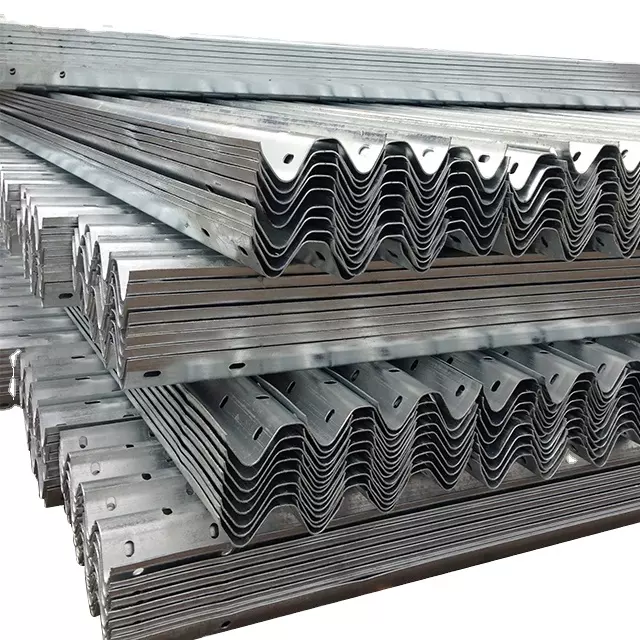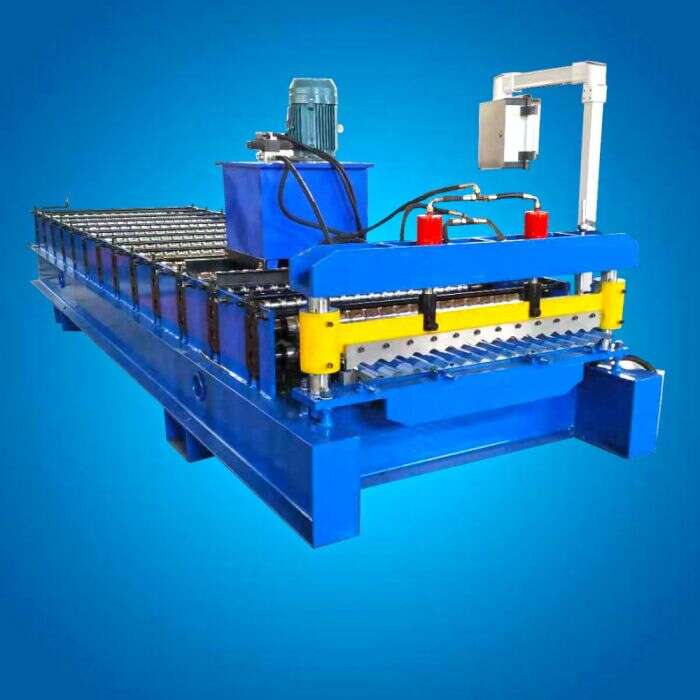
What Materials Are Used For Roll Forming?
The roll forming process refers to the process of forming various complex parts based on the plastic movement characteristics of materials and the principle of rolling extrusion. Rolling deformation is a line contact, which is carried out continuously and step by step. The required deformation force is small. One stroke can produce one or several workpieces. Compared with the cutting and grinding processes, the roll forming process has not only high production efficiency and material saving, but also high product strength and stable quality. This process is especially suitable for processing workpieces with short advantages that are difficult to cut, especially for products with an annual output of millions of pieces in large quantities. The roll forming process is the most favorable and has the most considerable economic benefits. Roll forming began in Europe in the 1960s. As the roll forming tool has the advantages of high production efficiency, saving materials, increasing product strength, etc., not only the application of threaded fasteners industry, but also the automobile, bicycle and other industrial departments use the roll forming process to process parts with complex shapes. With the development of technology and production, people pay more and more attention to the roll forming

